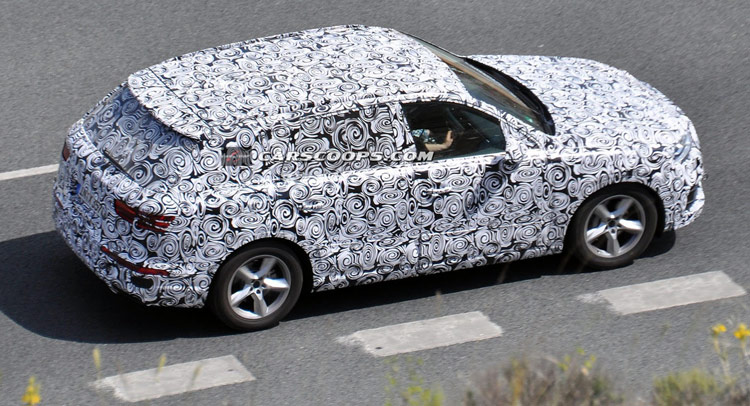The second-generation Audi Q7 will be spearheaded by the high-po, diesel-powered SQ7, scheduled to arrive in 2016, one year after the launch of the regular model.
The SUV will feature an electrically assisted turbocharging system similar to the one fitted to the RS 5 TDI Concept.
The technology, which will make its production car debut on the Audi SQ7, is said to combat turbo lag and improve response. Audi’s board member for technical development, Ulrich Hackenberg, confirmed to Autocar the SQ7 model.
Currently Audi is trialing two different systems on its concepts. In the A6 TDI Concept, the system combines an electrically driven supercharger with a single turbocharger, while in the RS 5 TDI, an electrically driven supercharger is linked with a series sequential twin-turbo system with a large and small turbocharger.
At low rpm, when diesel engines suffer most lag, the electric charger is activated, reaching maximum boost in just 250 milliseconds for near instantaneous throttle response. When high enough exhaust pressure is detected, the conventional turbos take over thanks to a valve that opens and bypasses the electric turbo.
It is not known yet which solution will be adopted for the high performance Audi Q7, but the fact is that the single turbocharger plus electric charger configuration of the A6 Concept is less expensive than the more complex twin turbo system of the RS 5 TDI Concept.
In the A6 TDI Concept, the experimental V6 diesel produced 420hp and 480 lb-ft (650 Nm) of torque between 1,450 rpm and 2,800 rpm. In the RS 5 TDI Concept, the 3.0-liter biturbo TDI engine delivers 380hp and 553 lb-ft (750 Nm) of torque.
By Dan Mihalascu








